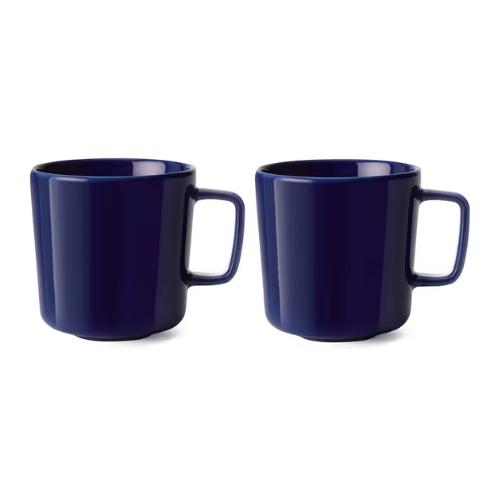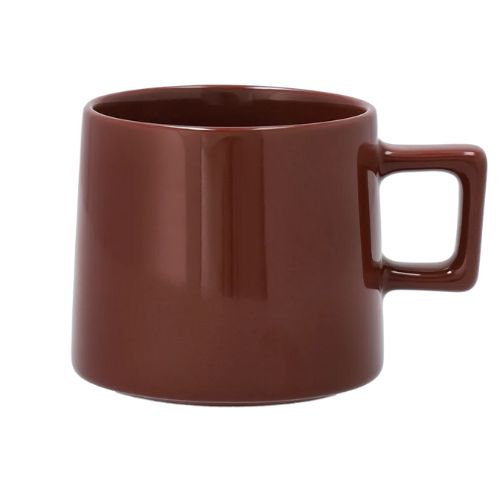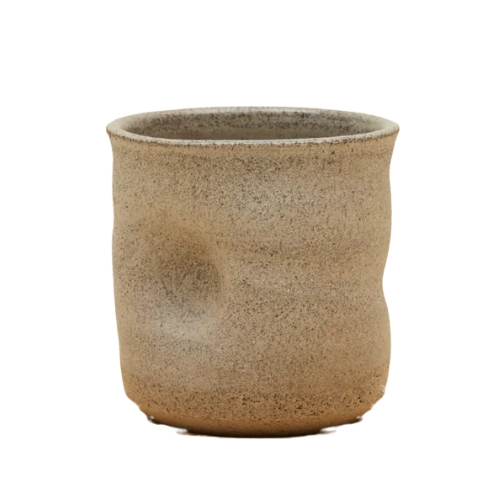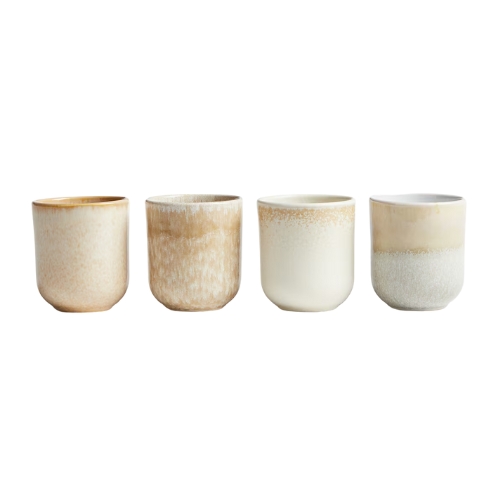Your Choice of Cup Is Massively Changing the Way Your Coffee Tastes — Here's the Science to Understand How
Color, material, shape, or size — all of these factors matter when it comes to the quality of your morning brew. Here's what the experts have to say
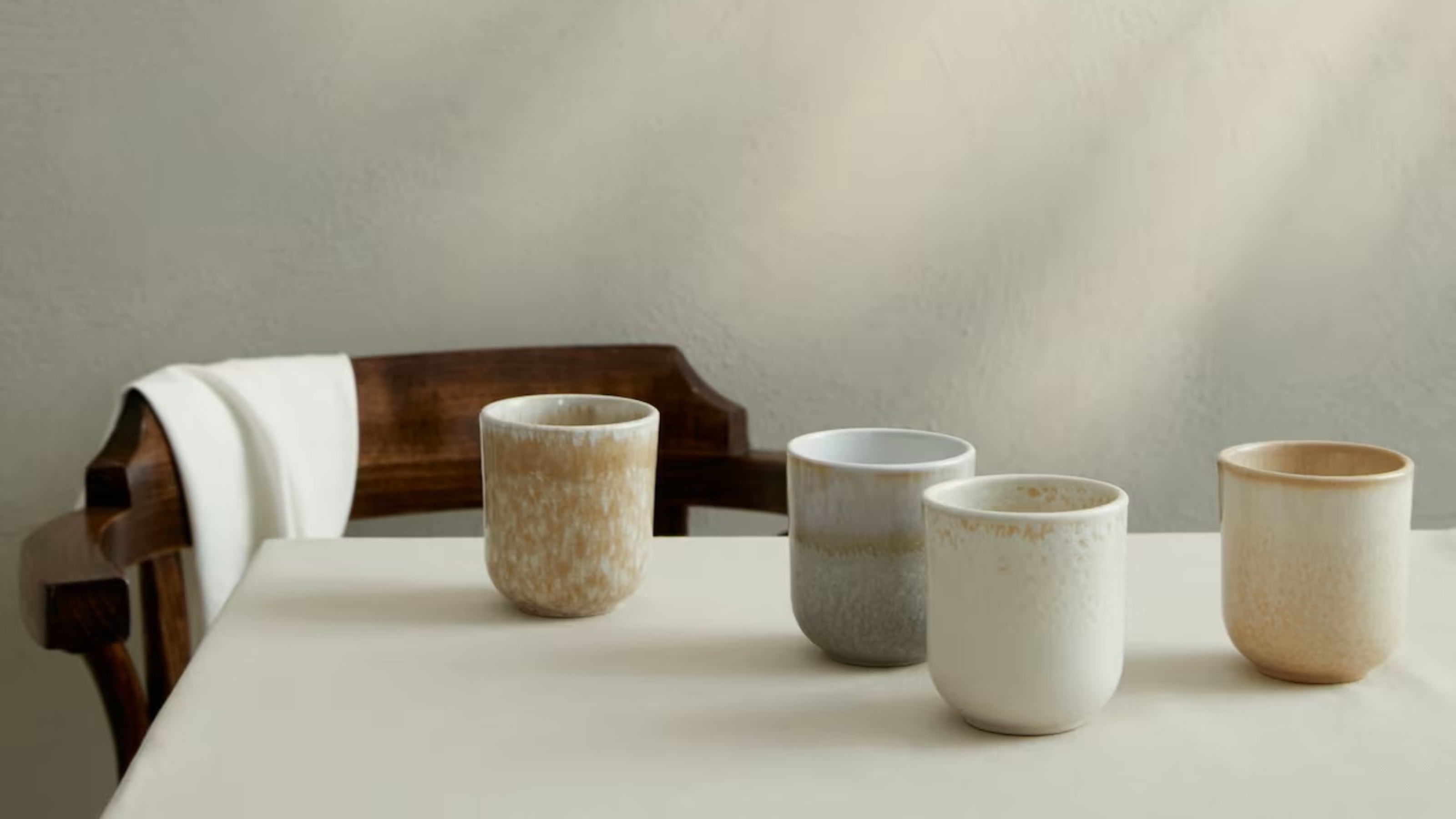

Let me start by saying I love coffee. Any brew, any time of day. One thing I am picky about, though, is the mug I enjoy my coffee from — I have my three favorites — and it turns out there is science to back up why these mugs seem to make my coffee taste better.
Contrary to popular belief, it is not just the brew, the barista, or even buying the best espresso machine that dictates the quality of your coffee; the color, shape, and material your mug is made of can also directly affect your perception of the flavor, and in turn, the overall experience.
"It’s not always the vessel itself that directly affects the taste; at its core, it’s the drinking experience that influences how we perceive flavor," adds coffee expert and founder of Forchewn Brewing Company, Shaka Lohardjo, who I spoke to, along with another expert, to get to the bottom of this strange science.
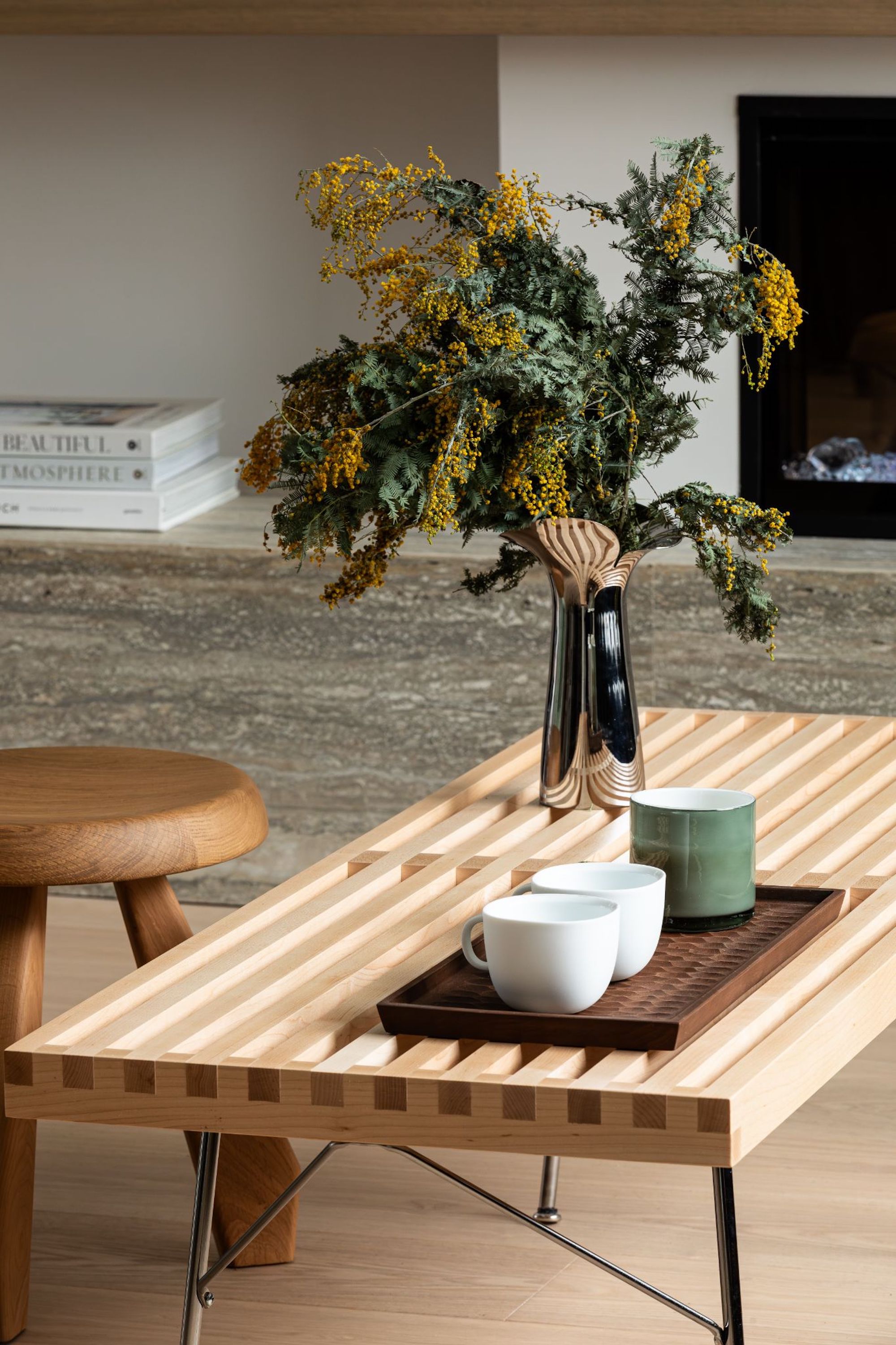
A minimalist aesthetic and mug (like these white, ceramic pieces) will bring out the crispness of coffee.
Without getting too technical, a bit of science is essential to understand why this phenomenon occurs. "Coffee flavor is made up of many different types of compounds (more than 1,000)," food scientist and industry consultant Bryan Quoc Le tells me. "These molecules have very different interactions with the coffee vessel material."
A lot of the compounds that give coffee its flavor are sulfur compounds. These can easily evaporate or oxidize with the oxygen in the air. For instance, "mugs with wider mouths will lose their flavor more rapidly than mugs with smaller mouths," says Bryan.
Material also impacts taste. Unglazed ceramics, porous materials, and metals can easily react with flavor compounds in coffee and can also contribute metallic flavors to the liquid. Over time, "Mugs can absorb these flavors, which can produce off-notes after several uses as they become more difficult to wash out," adds Bryan.
Color also affects food perception. For example, red helps to amplify the perception of sweetness, and blue makes foods saltier. If you still can't quite grasp all that, understand this one thing: there is much more to choosing that perfect coffee mug than meets the eye.
The Livingetc newsletters are your inside source for what’s shaping interiors now - and what’s next. Discover trend forecasts, smart style ideas, and curated shopping inspiration that brings design to life. Subscribe today and stay ahead of the curve.

Bryan Quoc Le is a food scientist, food industry consultant, and author of 150 Food Science Questions Answered. He is also the founder and principal food consultant at Mendocino Food Consulting. Before his career, Bryan earned a PhD in Food Science from the University of Wisconsin, Madison, where he studied the biological benefits of plant-based flavors. He also holds an M.S. and B.S. in Chemistry from the University of California, Irvine, where he studied material science and polymer chemistry. Bryan has three patents in the field of food and agriculture technology.
So, How Do You Choose the Right Coffee Cup?
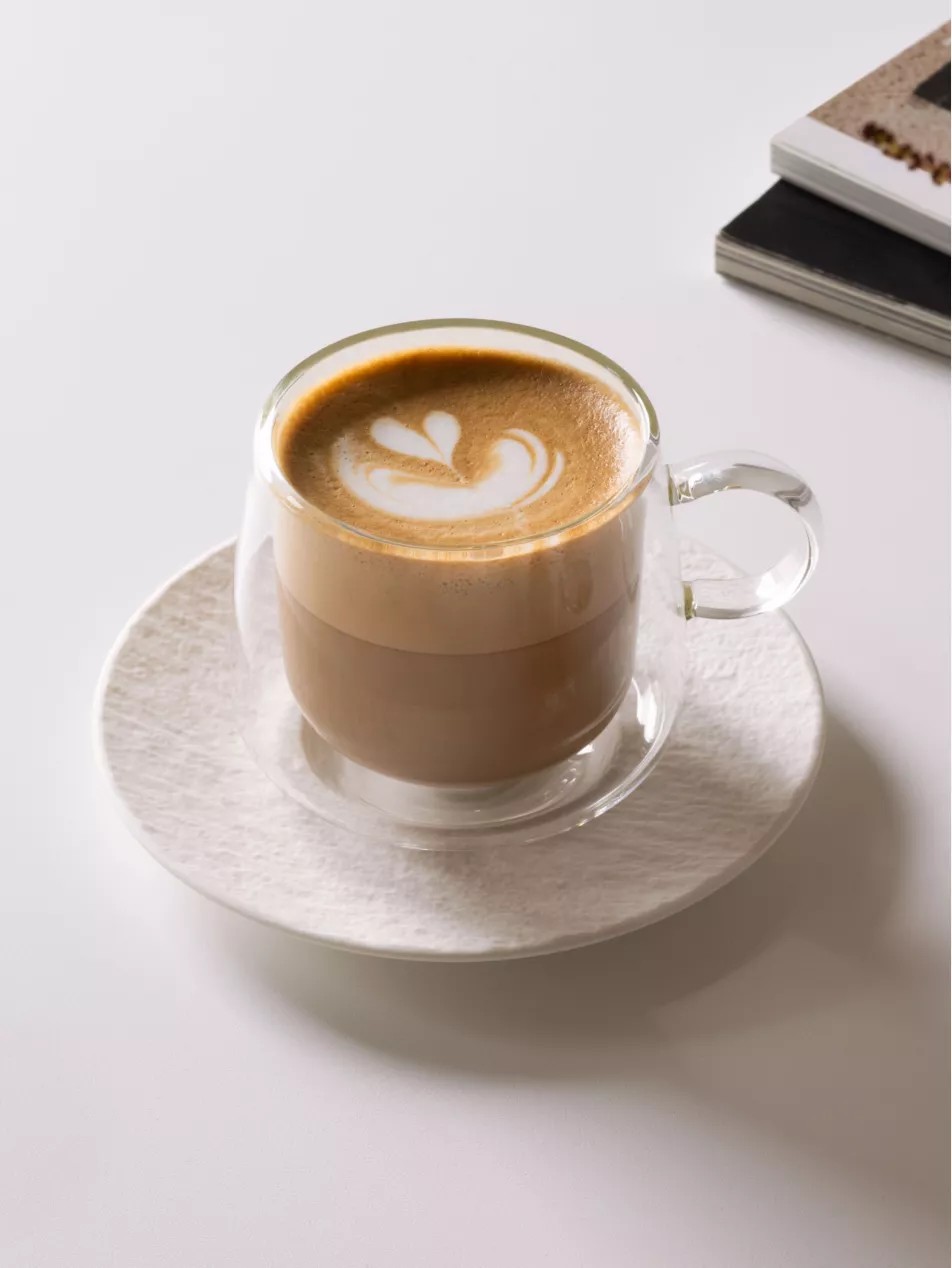
Who knew choosing the right color, shape, and style of coffee cup was about more than just aesthetics?
So all of that begs the question: how do you choose the right coffee cup?
The truth (annoyingly) is that different types of coffee — from lattes and black coffee to iced Americanos — benefit from different types of vessels. But that makes sense, right?
A poor choice can result in a bad drinking experience, which can negatively impact how the coffee tastes and even your morning routine. And while the perfect mug to choose changes upon preference, below are a few expert suggestions for things to consider when shopping.
- Shape: For those of you trying to upgrade your home cafe, coffee expert Shaka Lohardjo, says, "Aroma is arguably the biggest contributor to flavor — without it, our sense of taste would be significantly muted." To master this, the shape of your mug is important. A classic straight-sided or fan-shaped vessel (like a martini glass) allows aroma to escape quickly, while a more curved design — wider at the base and narrower at the top (like a wine glass) — traps aroma, enhancing flavor perception. "The rim also plays a role. A thicker rim can increase the perceived body of the drink, while a thinner or more focused rim can concentrate flavors on specific parts of the tongue, enhancing perceived sweetness and intensity," says Shaka.
- Material: Beyond chemical taste (as explored earlier), mug material impacts flavor through heat retention. "Coffee changes flavor as it cools," explains Shaka. "Good insulators like ceramic help maintain temperature, keeping the coffee enjoyable longer. For iced drinks, materials like metal or glass tend to sweat and make a mess, while thicker ceramics often don’t."
- Color: There’s no universally 'right' color to choose, but the color of the vessel can definitely enhance the overall drinking experience. Colors are often associated with specific flavors, and this association can shape how we perceive a drink. It's a little bit of color theory mixed with personal experience. For instance, if a coffee has lemon tasting notes and you use a yellow cup, it might help bring out that lemon flavor — but again, it’s highly individual. However, Shaka shared a few common flavor associations for the context of coffee: Red is strawberry and cinnamon. Blue is more salty or bitter. Yellow is acidic. Orange has general citrus notes. Brown brings out cocoa, peanuts, and nuts.

Shaka Lohardjo is the co-founder and head roaster of Forchewn, a specialty coffee brand born in New York in 2023. Forchewn is built around a simple idea: bring award-winning, ethically sourced coffee to people, fast, easy, and beautifully. Shaka works closely with farmers and oversees roasting, ensuring that every cup of Forchewn reflects care, quality, and convenience. His mission is to make great coffee feel effortless, no matter where you are.
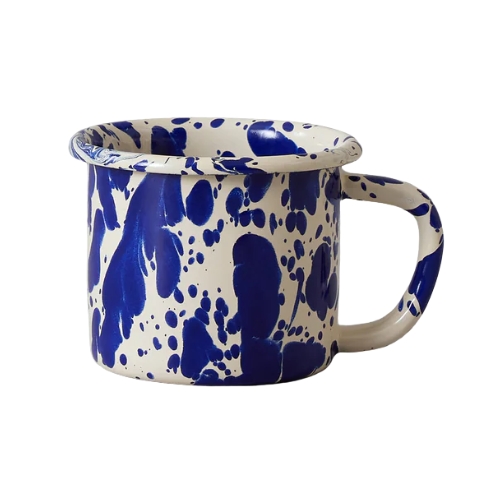
Enamel porcelain is a material that could be described as a fusion of metal and glass. This material mug will keep coffee hot and has become a classic mug choice, especially with outdoor enthusiasts. Plus, splatterware is so in right now.
At the end of the day, it is all about preference and what you want from your coffee drinking experience.
A mug might seem like a less important choice than using an espresso machine versus a coffee maker, but the right vessel still matters.

Olivia Wolfe is a Design Writer at Livingetc. She recently graduated from University of the Arts London, London College of Communication with a Masters Degree in Arts and Lifestyle Journalism. In her previous experience, she has worked with multiple multimedia publications in both London and the United States covering a range of culture-related topics, with an expertise in art and design. At the weekends she can be found working on her oil paintings, reading, or antique shopping at one of London's many vintage markets.

